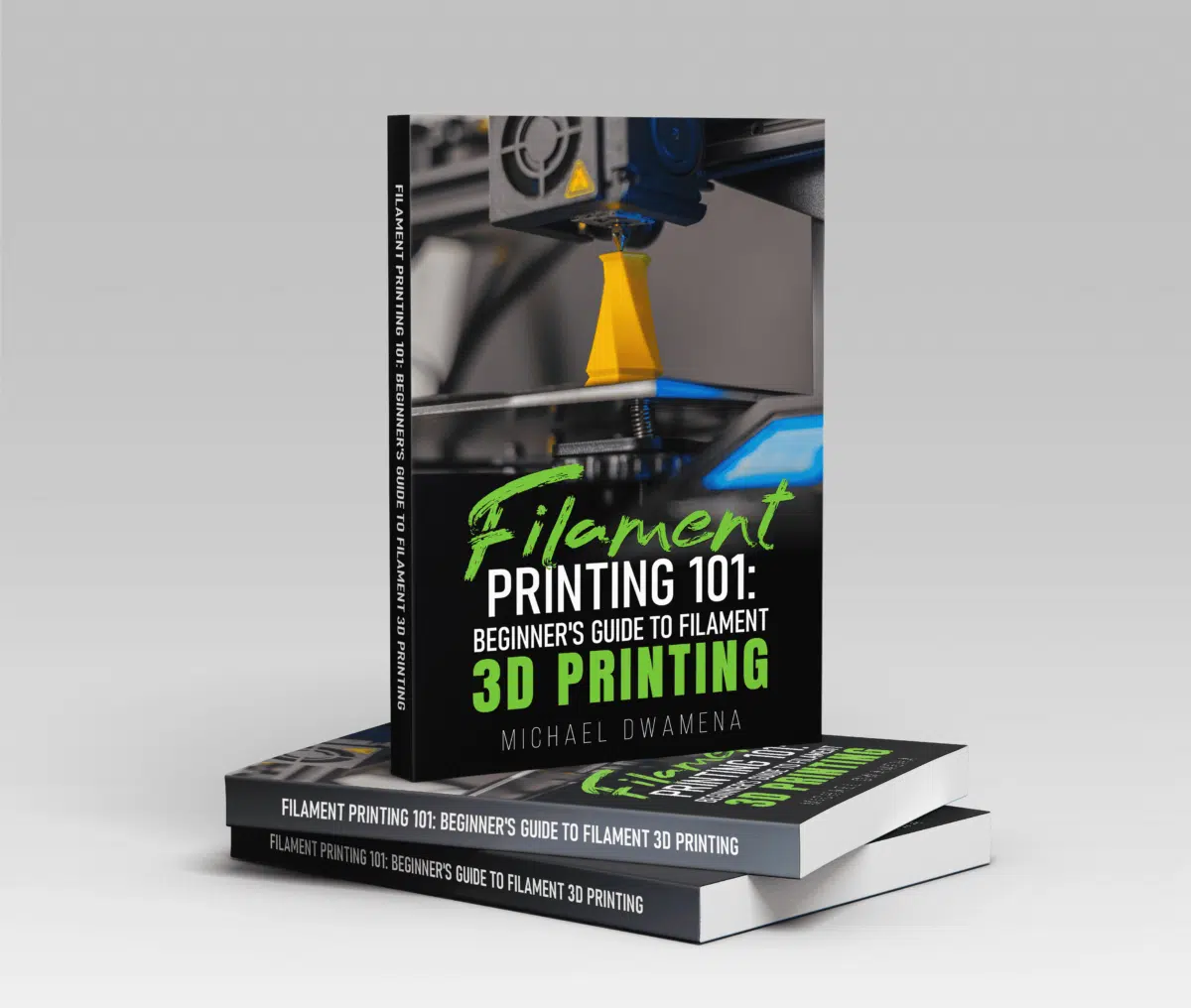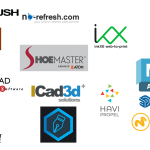If you’re printing with an M3D or other printer that supports wave bonding, you’re probably wondering what it is. The good news is, wave bonding is relatively simple, easily fits to specific project types, and doesn’t require any special knowledge or skill to use. And, while it can be used in addition to rafting, is often ideal for large prints, which might warp or peel without the added support. If you’re using an M3D printer, wave bonding is a built-in feature, which you can turn off and on at will.
Wave bonding uses anchor points every 5mm of the print to ensure the print model sticks to the surface. This bonding method is often used as an alternative to rafting, or a horizontal latticework of filament underneath the print.
Understanding Wave Bonding Feature
If you have an M3D printer, you can access wave bonding under “more options” from the print menu. From there, you can turn on additional options, like wave bonding, rafts, etc. Wave bonding is a support structure designed to offer added structural support for larger prints. Here, the M3D wave bonding is literally just the process of creating anchor points every 5mm. When the model is printed, it sticks to the anchor points. This then prevents warping and peeling.
For example, if you print a larger model and it starts to peel up – wave bonding could solve the issue. That’s also true if you’re seeing the base warp for larger prints.
Wave Bonding vs Raft When to Use What
Your M3D printer offers multiple structural support options including raft and wave bonding. Both are good options to use – but in different scenarios.
It’s also often pointless to use both at once, because they have some overlap in function.
Raft
Raft printing is a way to create a stabilizing base for prints. It’s primarily used to prevent warping and to ensure good bed adhesion. And, while it’s necessary if your bed isn’t level, a well-levelled bed doesn’t always need it. Rafts consist of a latticework frame which is printed on the bed first. If any slipping is done, it’s by the raft. This ensures that the model itself stays firm, doesn’t slip, and has a better chance of a secure build.
Eventually, rafts are a good choice if you’re using any heat sensitive material. For example, ABS. If you want extra security on a model that keep slipping, it’s also a good idea. And, if you’re having issues with warping with smaller models, rafts can be a good call.
Wave Bonding
Wave bonding is an alternative support structure which you can choose to use instead of or in addition to rafts. If you’re printing very large objects, raft separation is common. Wave bonding prevents this, because the anchors are built into the model as part of the first layer. Here, the printer creates a base layer of anchors every 5mm. Wave bonding was designed for printing larger structures that might otherwise warp or peel. And, while it was originally designed for flexible materials like ABS, it’s usable with PLA as well. However, most experienced printers recommend sticking to blue painters’ tape instead as a faster, cheaper alternative.
Wave bonding is also suitable for some smaller prints. That’s ideal if you want to streamline finishing the model. It’s significantly easier to file down anchor points than it is to file down a full lattice. That can save you significant time when finishing the model. However, you should always experiment, so consider using PLA sheet in the print bed.
- Our new Filament Printing 101 Course is just for you! Lean how to create perfect professional prints without all the hassle.
- Don't let common mistakes hold you back, click the link to learn more and get ahead now!
Some people also consider using both together. However, this isn’t recommended. Both wave bonding and rafts function to provide an anchor and to prevent peeling. Doubling up doesn’t actually add to the effect. However, it does increase the technical difficulty of the print and of removing the print from the raft. Why? Wave bonding is on the first layer. Anchor points are printed on the base. Then if you print a latticework over it, the full base layer can be very deep. Therefore, you might also have to offset the printer nozzle height to avoid pushing the model off the print bed. Some users recommend a 0.5mm adjustment. However, you should check and experiment with yours if you intend to use both.
FAQs
If you still have questions about 3D printing or your M3D printer, this FAQ should help.
What is M3D?
M3D is a small, consumer-oriented 3D printer brand. The brand launched its first 3D printer in 2014, with the Micro 3D printer. It was also the most-funded 3D technology in the world at the time. Today, M3D has revolutionized several trends including color 3D printing, lower noise printing, and multi-filament heads. That makes M3D one of the leaders in home 3D printers – especially with its smaller Micro series.
What is model on model support?
Model on model support normally refers to using support structures to prevent a 3D print from collapsing before it cools. Here, you print arches, pillars, or other supports to support prints with overhang while they are being printed. Lattice supports and newer features like wave bonding may also count.
What is Micro Printer?
Micro is M3D’s core line of printers. This small line of cube-shaped printers was also one of the first home-use 3D printers on the market. In most cases, they’re small, designed to fit into any space, and designed or smaller builds. However, M3D also sells a range of models that you can build yourself with different bed sizes. In most cases the Micro + is intended for beginner printers who want something small, accessible, and stable.
Final Thoughts
Wave bonding is a somewhat new feature on M3D printers. It’s intended as a structural support option and an alternative to rafts or using tape. It’s also a great choice for larger models because it prevents issues like peeling and warping. At the same time, it doesn’t come with the same inherent risks of separation that you get when using rafts on a larger model. Essentially, it’s perfect for larger ABS builds.
Hopefully, this guide has helped you decide what to do with wave bonding on your printer.




